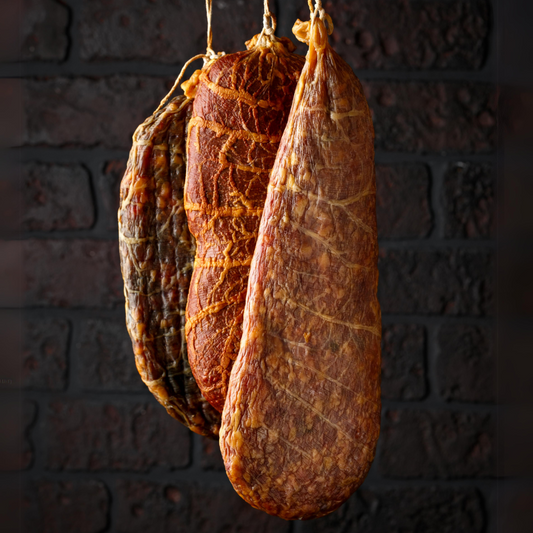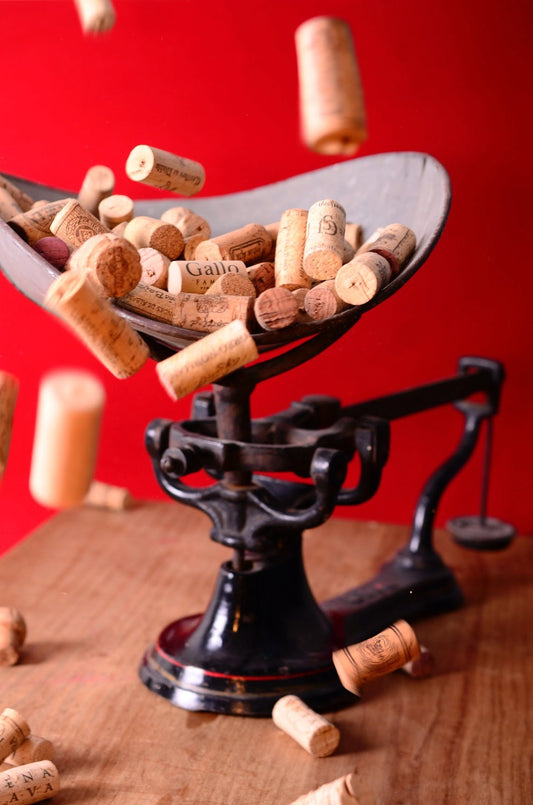How to make your own fresh, home-Made Passata?

It is January. This summer has been hot and perfect for culinary experiments. We have been receiving a lot of questions about tomato sauces. Here are a few questions we are going to answer:
What is Passata?
Passata is an uncooked tomato purée that has been strained of seeds and skins. Though passata has Italian roots, in different forms it is used across Europe and in mediteranean dishes. Passatas need not always be smooth. Depending on the method of preparation, it can be chunky, sweet or tangy.
When is the right time of the year to make Passata?
Traditionally passata is made right at the end of summer, when there's a heap of ripe, juicy tomatoes, and it's put into bottles so you don't have to use electricity to keep it frozen all year.
Why is home-made Passata better?
Passata that is made at home is anyday healthier, fresher and many times more delicious when compared to store-bought passata. Here are a few reasons why:- Processed with less heat. This ensures that nutrients are not lost in the cooking process.
- All the ingredients used at home are natural, preservative-free and add original flavour to the passata. But with commercially-produced passata, a lot of sugar is often added. Also, to get maximum yield, companies allegedly add harsh chemicals like caustic soda and other preservatives. This is harmful and could lead to health issues when consumed often.
Where can I find awesome tomatoes?
Passata is a simple thing to make. But if the main ingredient is not great, then this could impact the sauce's overall flavour. Oval-shaped, plum variety tomatoes are perfect for sauces and filled with flavour. They have few seeds and and more flesh. In Melbourne, the Roma tomato is a crowd favourite and is found in abundance. Many people believe that only home-grown tomatoes yeild great passata. However, given the climatic challenges involved in growing and the quantity needed to make huge passata batches, many folks prefer to procure tomatoes from local vendors. -
What are the equipment needed to make amazing Passata at home?
Depending on how much Passata you wish to make and preserve you will have to plan ahead. Small families who wish to make Passata just for a couple of months own manual machines to make the sauce. These small machines require human effort and are perfect to produce small quantities. They can either be clamped to the table with screws or are bench-top models. Here is one such manual machine:But what about people who wish to make large batches of Passata and store it for the whole year? Well, a manual machine is not sufficient for such connoisseurs. Top brands like Fabio Leonardi have sturdy, durable electric tomato sauce machines. The machine has multiple parts - motor, bowl, cone, collector, splash guard etc. All these parts can be purchased separately later too. Each part can be removed, cleaned and tucked away after each tomato season. These machines are an investment and last for a very long time. Here is one such electric Passata machine:
Additional equipment needed: Plunger, strainer, buckets, bottles, caps, cappers & burners.
Ingredients Needed:
- Large Cooking Pot
- Tomato Press / Food Mill
- Funnel
- Sterilised Bottles with caps
- Tomatoes
- Basil
- Salt
What is the recipe to make traditional Passata?
Pomodoro is Italian word for tomato. And 'Tomato Sauce Day' or 'la giornata del pomodoro' is celebrated by many Italian families to this day. Grandparents and other family members come together in the family backyard or garden and make traditional passata from scratch. Most families have their own recipes and methods of preparation. In this blog we wish to provide one such recipe. But, we also want to give it a modern twist with a few tips and tricks.
There are three stages to make perfect Passata:
1. Preparing the tomatoes:- Thoroughly check the tomatoes. Pull out the stems and throw away rotten or damaged tomatoes. For great flavour and long-lasting sauce, use perfectly healthy tomatoes.
- After finding perfect fruit, wash, clean and rinse in clean water
- All electric machines have a cone. This cone is sensitive and for it to last, always blanch the tomatoes before processing them. To blanch, bring the tomatoes to boil and simmer for approximately 20 minutes, until the skins have softened and split.
- Strain fruit.
- Remember, never run a tomato machine dry. This harms the machine. Pass olive oil and bread to clean the machine. Else, you could use a few tomatoes to kick-start the process. However, without fail, this batch must be disposed.
- Once the machine is cleaned, pass whole, blanced fruit through the machine to remove both skins and seeds. This step is the same for manual and electric machines. Just ensure you are using the right motor and sauce machine based on the quantity of sauce you wish to make.
- Continue to pass the pulp through the press until all of the flesh is removed - you will know when it is done. At this point the skins and seeds will be dry.
- Traditionally, only two ingredients are required to make passata: tomatoes and salt. While the tomato is the hero ingredient, salt also plays a vital role. It’s added to the passata just prior to pouring and sealing the bottles to season the sauce and help preserve it so that it will last up to three years.
- Bottling is a straight-forward process, however it takes time and needs to be done carefully.
- For maximum flavour, place fresh basil leaves in the base of every sterilised bottle. We recommend one leaf before filling the sauce and one after (just before capping).
- Fill with pulp leaving approximately 2.5 cm space between the sauce and the top of the bottle.
- Secure the lids.
- Fill a large pot with water and immerse these sauce bottles - cover them completely.
- Bring to the boil and simmer gently for about 30 minutes. Do not keep on high heat. Remember, these bottles are made of glass and temperature needs to be controlled.
- Allow the sauce bottles to cool.
- Refridgeration is not necessary. Your sauce is now ready. Go ahead and store in a cool, dark place. You can open a bottle and use it at any point of time over the year.
Do you have any tips for first-time Passata makers?
Yes, here are a few Artisan Bottega tips:
1. Buy a machine based on your needs.
- Small quantities - manual machine or small electric machines
- Large quantities - large electric machines.
2. Never run a tomato machine dry
- Use bread and olive oil or a trial batch of blanced tomatoes.
- Coat the cone with olive oil for maximum yield.
3. Blanch tomatoes before passing them through any tomato sauce machine. This makes the machine's job easier and helps enhance its life.
4. Use one basil leaf before and after bottling to get maximum flavour into your passata.
5. Detach each part, wash thoroughly, clean and dry before putting it aside for the next year. Any moisture left on the machine could cause corrosion.
6. The tomato machine can be used to make other sauces and juices as well.
The procedure and tips are the same for other fruits as well. Buon appetito!




